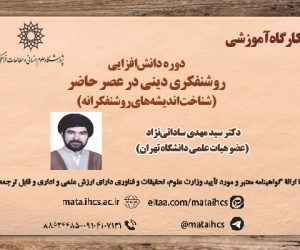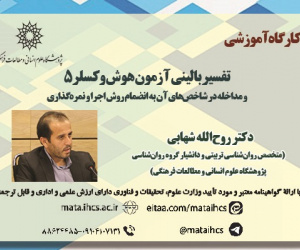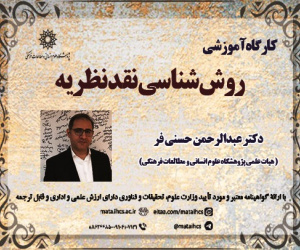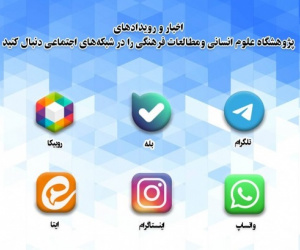بررسی مؤلفه های عدم موفقیت دیپلماسی فرهنگی جمهوری اسلامی ایران با تأکید بر ظرفیت های صنایع دستی (مقاله علمی وزارت علوم)
درجه علمی: نشریه علمی (وزارت علوم)
آرشیو
چکیده
این پژوهش با هدف شناسایی دلایل موفق نبودن دیپلماسی فرهنگی ج.ا. ایران، با تأکید بر صنایع دستی انجام شده است. سؤالی که بناست در این پژوهش به آن پاسخ داده شده است این است که چرا ظرفیت های صنایع دستی ایران با وجود تنوع، کیفیت و اصالت، در موفقیت دیپلماسی فرهنگی در سطح بین الملل نقش موثری نداشته اند؟ روش تحقیق، از نوع کیفی و با رویکرد پدیدارشناسی توصیفی است. جمع آوری اطلاعات از طریق مصاحبه نیمه عمیق و پرسشنامه محقق ساخت، صورت گرفته است. جامعه آماری این پژوهش به دو دسته تقسیم شده است. دسته اول از صاحب نظران در حوزه روابط فرهنگی و بین المللی و دسته دوم از صنعت گران و صادرکنندگان صنایع دستی که به صورت هدفمند انتخاب شده اند. نتایج حاصل از این پژوهش نشان می دهد که چهار دسته عوامل در عدم کارآیی صنایع دستی در ارتقای دیپلماسی فرهنگی ج.ا. ایران نقش داشته اند: مشکلات ساختاری و مدیریتی، مشکلات اقتصادی، چالش های بین المللی و نهایتاً بی اعتنایی مسئولان به مقوله فرهنگ و مشتقات آن. نبود نگاه ملی به دیپلماسی فرهنگی و اهمیت آن در تعاملات بین المللی، همچنین مشکلات عدیده در تولید و صدور صنایع دستی باعث عدم اثربخشی مولفه های دیپلماسی فرهنگی در سیاست خارجی، روابط منطقه ای و بین المللی ج.ا. ایران گردیده است.Examining the Components of the Failure of the Islamic Republic of Iran's Cultural Diplomacy with Emphasis on the Capacities of Handicrafts
This research aims to identify the reasons for the failure of cultural diplomacy with an emphasis on handicrafts. The question that is to be answered in this research is why the capacities of Iranian handicrafts, despite their diversity, quality and originality, have not played an effective role in the success of cultural diplomacy at the international level? The research method is qualitative and with a descriptive phenomenological approach. Data collection was carried out through semi-in-depth interviews and a researcher-made questionnaire. The statistical population of this research is divided into two groups. The first group consists of experts in the field of cultural and international relations and the second group consists of artisans and handicraft exporters who have been selected purposefully. The results of this research indicate that four groups of factors have played a role in the ineffectiveness of handicrafts in promoting cultural diplomacy in the Islamic Republic of Iran. Structural and management problems, economic problems, international problems and finally the indifference of officials to the category of culture and its derivatives. The lack of a national perspective on cultural diplomacy and its importance in international interactions, as well as numerous problems in the production and export of handicrafts, have led to the ineffectiveness of the components of cultural diplomacy in the foreign policy, regional and international relations of the Republic of Iran.







